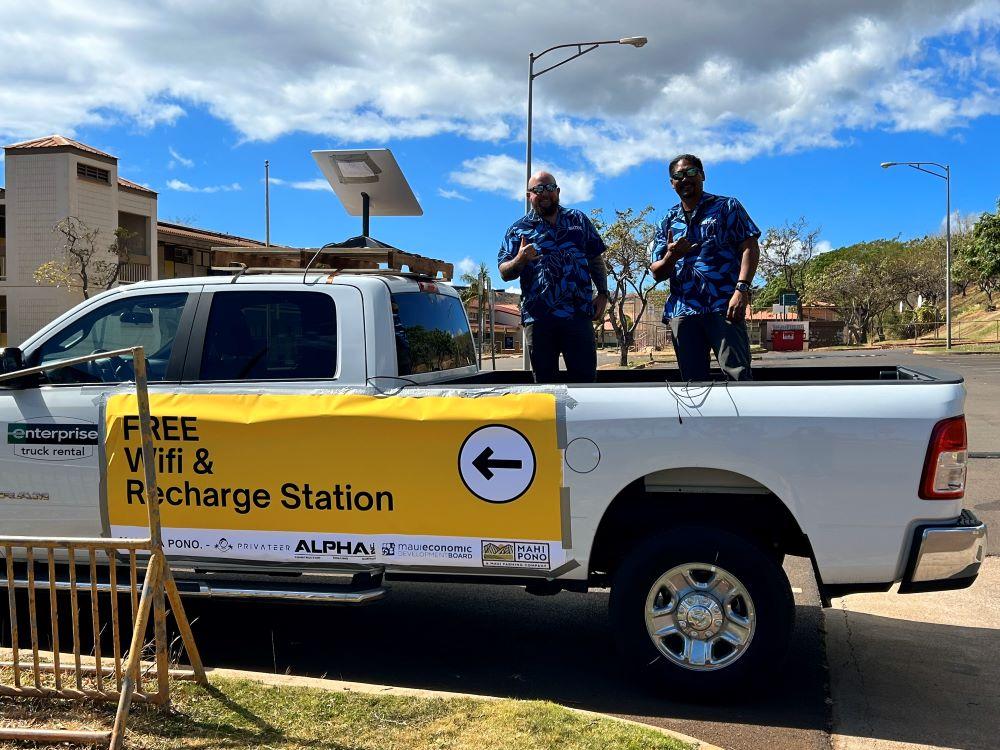
In a recent Strategist article, ASPI senior fellow Gill Savage talked about the importance of preparedness for Australia to ensure our ‘economy, society and communities are sustainable and resilient despite the complex multi-hazard environment we face’. She noted:
Preparedness is not about prediction. Leaders shouldn’t get caught up in trying to define what precisely we need to prepare for and when. Instead, they need to be ready for compounding national disruptions of any kind, at any time. Given the interconnectedness of our modern world, integrating broad economic, social and environmental preparedness will be better for resilience than mapping out overly detailed contingencies.
Less than two weeks after this piece was published, we witnessed the terrible fires in Hawaii. It’s a tragedy that is still unfolding, and the immediate focus must be on the human toll and loss. However, in time there will be some important lessons to learn from this natural disaster on how the community, government, industry and local knowledge can all come together to bring rapid solutions—something that governments are still not always good at delivering in isolation.
The civilian community is often the first line of defence during natural disasters. Residents are typically the initial responders, providing immediate aid to those in need before formal emergency services arrive. Their knowledge of terrain, resources and community dynamics enables swift and targeted action, which can significantly affect survival rates.
The civilian community response complements the efforts of formal emergency services, providing essential support in times of crisis. While professional responders play a crucial role in disaster management, their resources may become stretched thin during large-scale disasters.
Effective disaster management requires a multi-faceted and holistic approach that involves coordination among various stakeholders. The civilian community response adds a grassroots dimension to this approach, involving local knowledge and expertise that is often overlooked. Communities are uniquely positioned to identify and address specific vulnerabilities and challenges that may not be apparent to external agencies. By integrating community perspectives, disaster management efforts become more comprehensive, adaptive and responsive to the needs of the affected population.
In Hawaii, much of what has been covered in the media are the outstanding efforts by local residents (and others) to ensure donated food, clothes, toiletries, bedding and other supplies get to the right areas in Maui. This has helped thousands of people who were uprooted from their homes or were left facing major damage due to the fast-spreading fires.
But given the modern reliance on the internet and mobile phone coverage, a fundamental and critical first response was the need for stable telecommunications connectivity. Immediately following the fires, a widespread telecommunications blackout hampered government and grassroots efforts to distribute those supplies in the worst-affected neighbourhoods.
To provide a solution for this critical need, and one that local authorities were unable to meet quickly, there was a remarkable local community effort that ultimately involved cooperation between local Hawaii businesses, the US Space Command, SpaceX and other key stakeholders. Fundamentally, it came down to trusted people-to-people linkages.
A local consortium quickly banded together led by a Hawaii resident and tech entrepreneur in the defence and national security sector (and Strategist contributor), Bernice Kissinger, and a local technology provider, SMX.
While SMX doesn’t have any employees on Maui, there are around 100 SMX employees on nearby Oahu. As the company witnessed the tragedy unfold, the leadership team wanted to find a way to help the community and show the company’s commitment to helping supply aid.
As a leader in next-generation mission support, digital transformation and IT solutions, SMX leveraged its expertise in supporting technology solutions in remote and austere environments, access to technology resources and industry partnerships to help address one of the many critical challenges on the island: connectivity.
SMX, Kissinger and others were able to leverage their relationships with the US government, the local government and SpaceX to obtain Starlink units from SpaceX to deploy to Maui. Within days of the initial request, 16 Starlink systems, complete with generators, were delivered to the island. The Starlink system is a satellite internet constellation and several SMX employees have been on the ground supporting the installation and training local responders.
Given that it took almost three days for the US government to provide a substantial response to the disaster, this is an example of how the community can step in and fill the void. And it didn’t only include the hardware, but also came with essential training and education for local providers. This has provided the local community with much-needed internet and mobile coverage.
The Starlink terminals have been strategically deployed in the impacted areas. A mix of terminals were spread between makeshift evacuation camps for first responders and their families who lost everything in the fire. Site included construction and industrial areas, essential facilities like sewage treatment plants, schools, various emergency shelters and community centres, churches and markets.
All parties agree that central to the success of this project has been the understanding of, respect for and use of official chains of command. All proposals were put initially to US government emergency response agencies and the state emergency management agency before engagement with local community leaders. This also included liaison, consultation and cooperation with the US Space Command, the Maui Economic Development Board and various small-business owners.
It’s important that lessons are learned from this tragedy. As part of that, governments need to recognise the important role that local networks can—and usually do—play and build this into national disaster and emergency management policies and procedures.